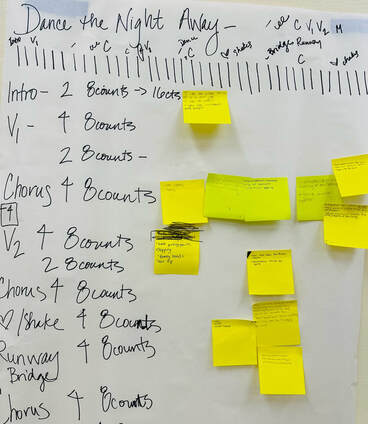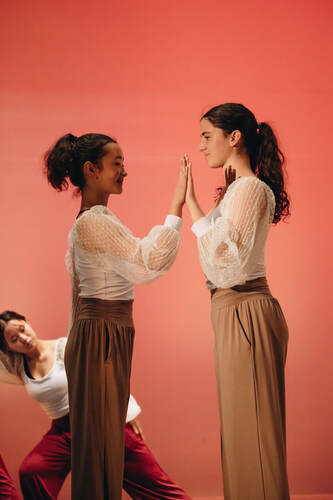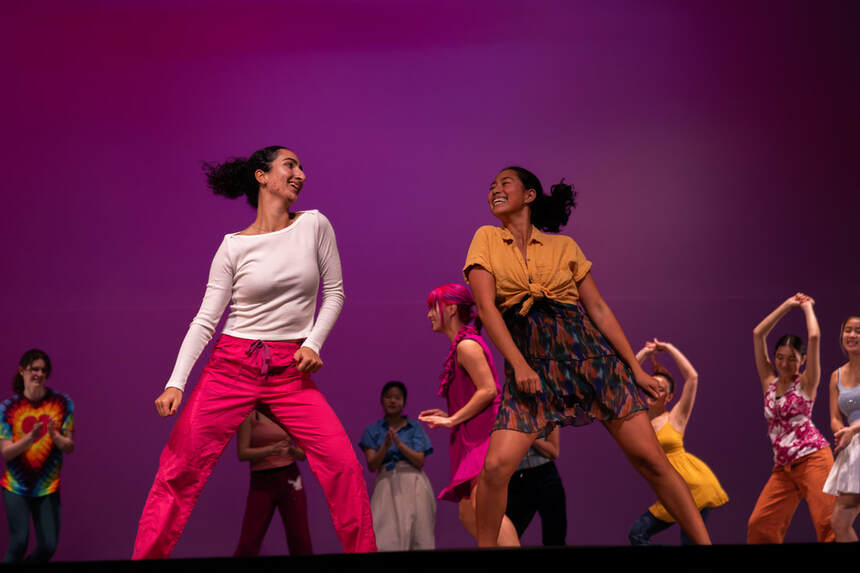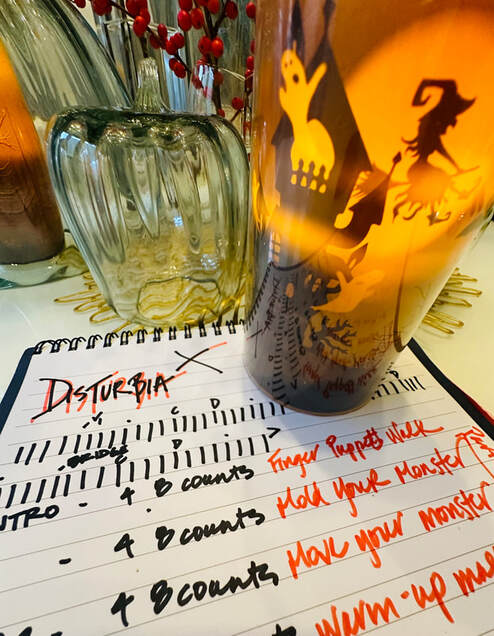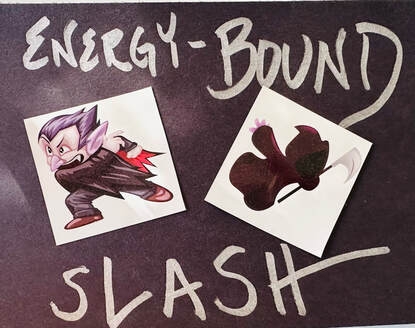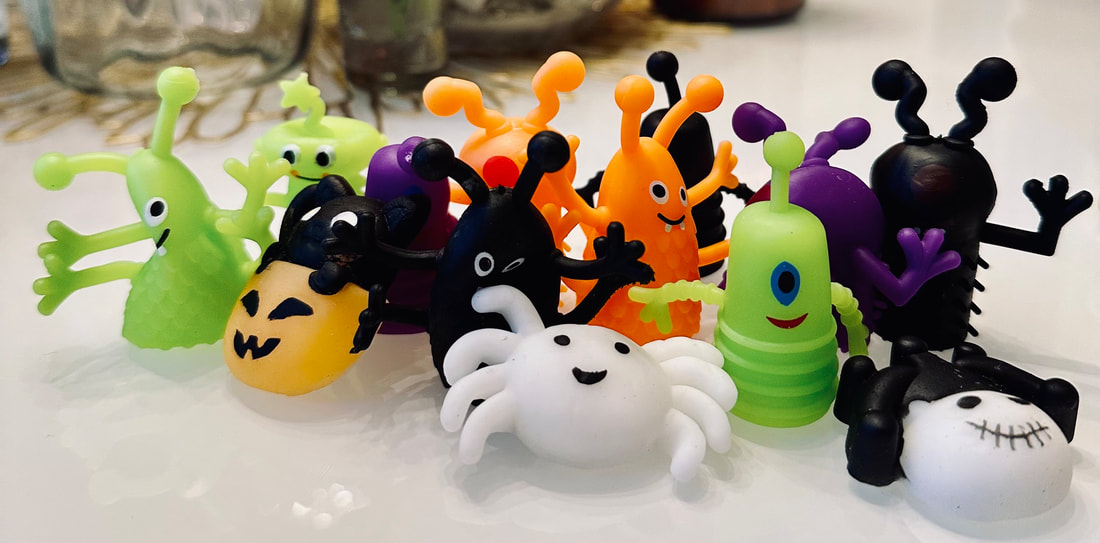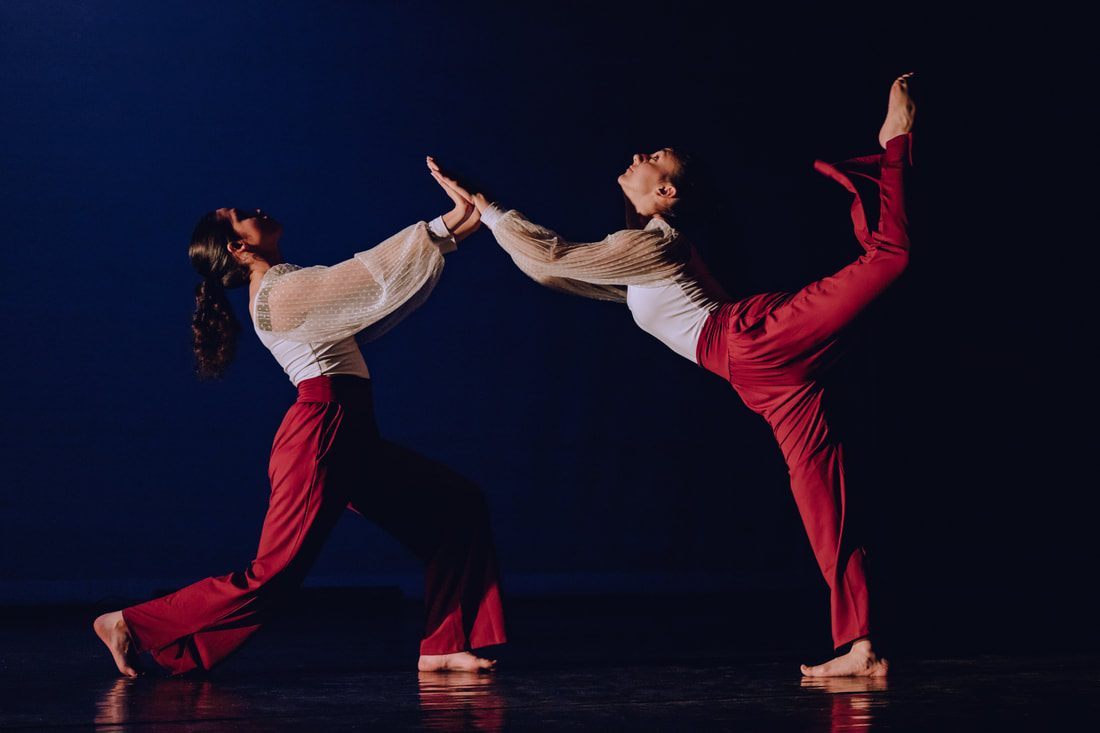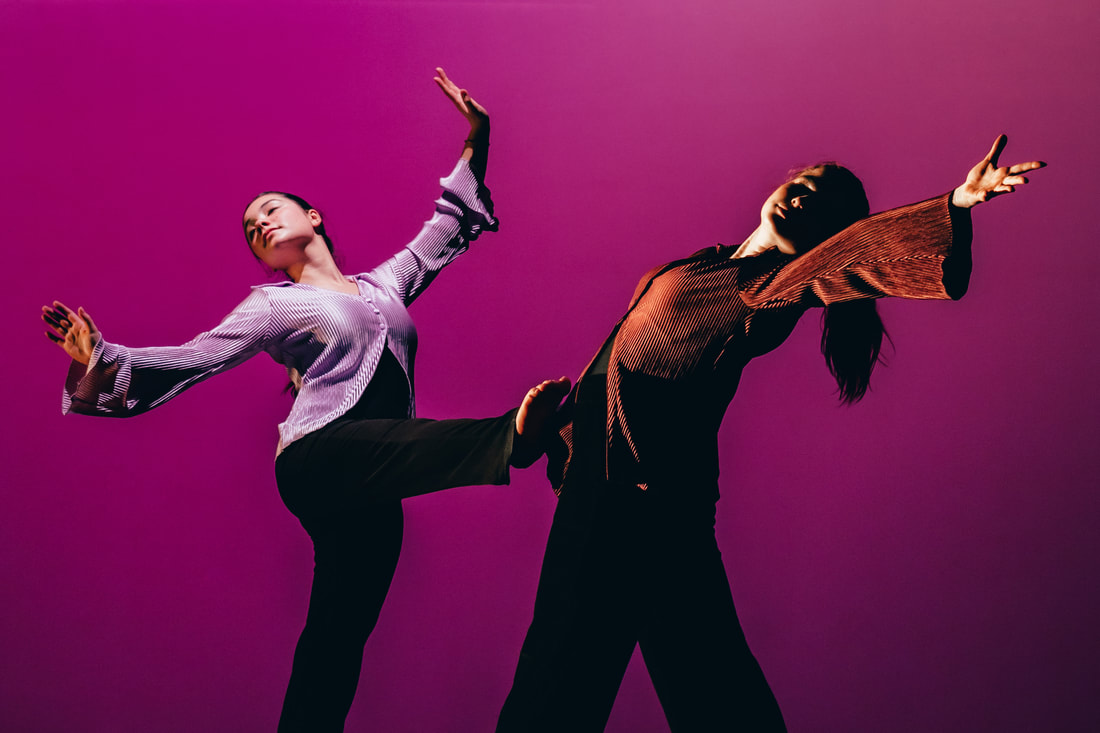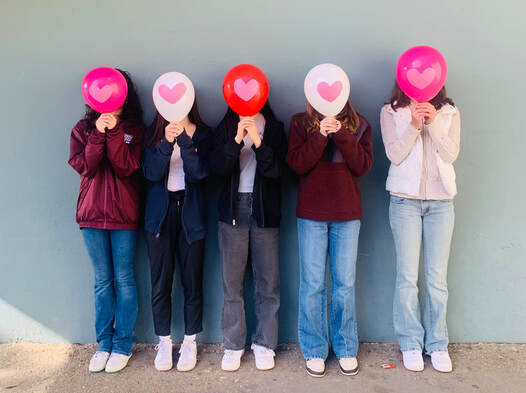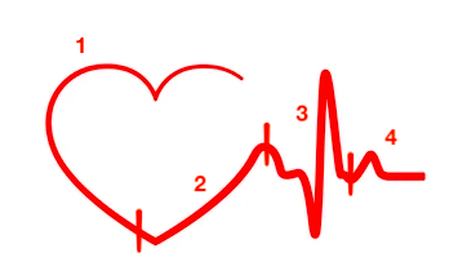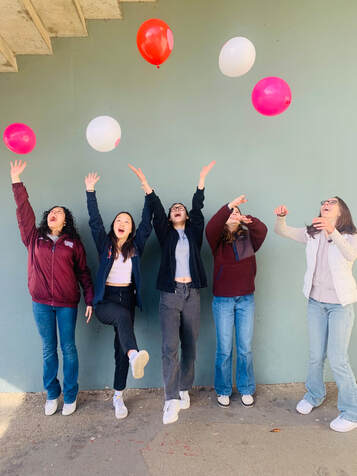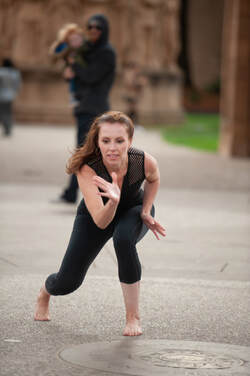|
On this Mother's Day, I'm filled with gratitude as I reflect on the profound influence my mom has had on my work. Her guidance and support continue to shape my dance teaching practices, and today, I celebrate her impact on my journey. Here's to you, Mom. Thank you for everything. Miss you every day. As I reminisce about my mom's impact on my teaching practices, I recently stumbled upon one of her old lessons titled Propel Your Lessons with Dance and Movement: The Ultimate in Active Learning. It was a unit designed to encourage the implementation of dance in the elementary curriculum. As I studied the unit, I noticed her approach to the lessons looked familiar; she used themes to drive her lessons. Instantly, I felt connected to her, tears welled up in my eyes and I and then began to laugh and realized I set up my lessons like she did. Themes drive most of my lessons. I guess the apple doesn’t fall far from the tree. I can hear her saying “I told you so” with her signature smirk. Themes were integrated into her entire unit in various ways, always to share how to incorporate dance into the core curriculum. My mom created lessons using the who, what, why, and how format. She used songs like Getting to Know You from The King and I and The Beach Boys’ Do You Want to Dance, created surveys on why we dance, and connected dance elements to subjects like math and science. I imagine her brainstorming themes and concepts in our living room, dancing, and singing aloud. I thought it was cheesy at the time, but I get it now. She met the teachers and students where they were and incorporated her content goals in an approachable manner. My teaching methods are deeply rooted in my mom's thematic approach, which I've incorporated with three key components: movement, choreography, and research. These elements are intricately woven into thematic lessons, creating a holistic and engaging learning experience for my students. I carry her legacy with me every day, she remains my greatest teacher and continues to inspire my approach to education. Photo by Ron Parker
Concept and Map design by Gail Fernandez Jones
0 Comments
Creating an environment where students are at the center of the creative process. The amount of collaboration with my students has increased over the years. I always thought that it was my job to make up all of the movements and direct every bit of the dances for the class and concerts. I quickly learned that taking on choreography for five classes wasn’t sustainable. Furthermore, it was very teacher-centered and didn't focus on the students’ movement experience or creativity. I needed to balance satisfying my excitement for dance-making and giving the students a say in the creation. Initially, it felt like I was giving up too much control and losing my artistic self, which didn’t feel great. Still, it became an exciting place where the art of directing the collaboration became exciting—modeling, leading, and supporting their ideas.
Realizing that I wasn't the only one with ideas opened up an entirely new way of working. Additionally, the projects became much more interesting because of the originality of each piece, and I learned more about the students as individuals. Directing the collaboration is a skill in itself. Planning, patience, and a willingness to let things get a little chaotic before a result is achieved takes time. It is something I continue to practice and learn from. I direct the collaboration by starting with a theme or area of focus and designing lessons that support the dance-making process. There are different degrees of this type of collaboration. At the beginning of the year, I have stringent guidelines with an outline with little room for change. We essentially “plug in” the tasks and movement practices into specific parts of the chosen music. As the year progresses, the students have more choices, and the dance outlines have more room for student offerings and designs. For example, at the beginning of the year, I will direct the students on how we will begin the dance. Later in the semester, I may ask them, “How do you see this dance starting?” A vital component of this collaborative process is asking questions. I begin by assigning each student the same task and then find a way to share or combine with a peer or group. For example, each student may create a phrase based on their “super-power,” and then they would teach it to someone. The combined phrase could be manipulated in ways you wish to see in a dance. However, it is essential to have each student answer, create, and make it alone before joining forces, checking in individually, and ensuring everyone has their voice heard and understands the content. Asking for student input has become a big part of the curriculum; modeling the creative process helps me assess the room's temperature and determine how to proceed. Questions to consider when directing the collaboration: What kind of dance do you want to create? What do you want to dance about? Now that we have begun, what happens next? Is this concept resolved? What are we missing? What is the story arc? What do you want the audience to take away from this dance? You can ask the class or use these questions as warm-ups or exit prompts. I like to use small pieces of paper to get all of the students' input. I can then spread out the answers to create a plan for our rehearsal. Inspiration boards with the music map are beneficial as well. *Photo of mapping a piece of music with ideas posted in the section of interest from the students. As a dance educator, I aim to create a communal space without judgment or competition so students feel seen. Sometimes, I get too excited about the product, miss the mark, and need to step back. We took that step this week, and I realized we needed it more than I thought. March is a busy month. It is busy for several reasons; performance season is gearing up, seniors are anxiously awaiting college acceptance letters, and spring is in the air.
As much as I want to go-go-go, it is an excellent time to check-in. There is so much value in stopping, checking in, and reflecting. I know it feels like we don’t have the time, but if we do, it will benefit all of us. I used the questions below to check in with the students, allowing space to reflect on the present material and share personal stories with their peers, nurturing the class' community spirit. To begin, the students are instructed to walk around the space, stop, and find the nearest person to talk to. Do this with every question. The walking can change to jogging, sideways/backward, curved, they can choose someone to follow (one of my favorites) etc.
End with constructive rest and a reminder that we all support each other by listening and sharing stories. The individuals in the class make the community; without each one, it wouldn’t be the same. A fun and informative way to administer Semester 1’s final evaluation.
The end of the semester is the perfect time to reflect on the student’s experiences and learning outcomes. This dance in a day will celebrate the students’ unique movement history, review concepts from the semester, and brainstorm new ideas for the rest of the year. The first question the students answer in my dance class is, “What is your movement history?”. The question is to get the students to think about themselves as movers and that their experiences are meaningful; whether it be soccer, gymnastics, dancing at family parties, or playing on the playground, they all impact our movement history. New movement and choreography concepts are added throughout the semester to deepen their movement experiences. COLLECT: Gather Material Task 1: Looking Back and Moving Forward
Task 4: In groups of 3-4, use the word in bold to create a phrase. We are all movers, we all have a movement history. There is a dancer in everyone; leaning on a wall, crossing your arms, rushing to the bus, jumping over a puddle, we are always forming shapes or moving. Inspiration can be found everywhere! Dance It!
COMBINE: MAKE IT A DANCE! Music Suggestion: Doubt by Mary J. Blige INTRODUCTION: All dancers start downstage and face the front. Movement: look back counts 1-4, run upstage counts 5-8. Let the run back look like you are falling. (Try the run facing the back and forward). Verse 1: Each group has 8 counts. Assign students a number 1-4. They will perform the tasks in groups (1-4). Group 1 performs Task 1. Group 2 performs Task 1. Group 3 performs Task 1. Group 4 performs Task 1. Chorus: All perform the combination learned in class. (A perfect time to evaluate movement that was taught in class.) Verse 2: Each group has 8 counts. Everyone else snaps and changes shape every four counts Group 1 performs Task 2. Group 2 performs Task 2. Group 3 performs Task 2. Group 4 performs Task 2. Chorus: All perform the combination learned in class. Music Break: Repeat the Introduction for 16 counts. Bridge: Movement is everywhere- Group work. Lean, rush, jump, make a shape, travel step. Music Break: Repeat the introduction for 16 counts. Chorus/Bridge: In partners, share Task 4. Discuss and demonstrate the movements. Make it look like a conversation. Dance In Day is a favorite lesson because it quickly creates a dance that celebrates a specific moment in time. Why not use the sugar coated energy in the room to steer the content forward while having some fun? The upside is that Halloween can ignite all sorts of inspiring material. From candy to toys, haunted stories and decorations, there are so many ways you can move your content forward. This year's Halloween Dance in a Day introduces a new concept, Laban's Effort with the focus of FLOW: bound or free. Additionally the students get to use warm-up dances but play with a new tempo. Music Choice: Disturbia by Rhianna Composition Ingredients: Use What You Have / Make What You Need
INTRODUCTION: 32 Counts
VERSE 1: 32 Counts Each bullet point represents one eight count.*
Continue sculpting your Monster.
*This section will be performed as a duet. Partner 1 will perform the SLASH & FLOAT while their partner will walk slowly in a circle around them. The dancer who walks in a circle will be the Sculptor. Verse 2, we will switch roles. CHORUS PART 1: 32 counts
CHORUS PART 2: 32 counts
Music Interlude: 32 counts
VERSE 2: 32 Counts
CHORUS: 64 Counts
Music Interlude: 32 counts
BRIDGE:32 Counts
CHORUS: 32 Counts Repeat the chorus, and find a fun ending! Have the students help brainstorm the ending. ENJOY! Halloween lessons were inspired by the temporary tattoos and light projections I found while shopping for Halloween concepts. Inspiration is EVERYWHERE! Do What You Know, Use What You Have, and Make What You Need. #Danceeducation 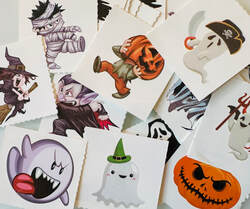 I met Alicia at her Slay Your Dance Dragons workshop hosted by Shawl Anderson Dance Center and was immediately drawn to her work. Slay Your Day is a 21 Day Reflection Journal and Dance Inspiration Workbook. This downloadable journal helps transform your mindset to remove self-doubt and grow in confidence, increase performance excellence, and clarify your professional and personal purpose in dance.
Note: “Day 1”, “Day 2”, etc refer to sections of the workbook. PART 1 Dancers fill out Day 1, For the Love of Dance
PART 2 Dancers fill out Day 2, Your Dance Roots and Day 2 Journal: What is a belief about dance that comes from your family, culture, or community? How does it shape the dancer you are today?
PART 3 Introduce Day 4: Dance Dragons
PART 4 Review the dance dragon phrases.
Personal Dance History Solo
Part 5 Create a dance using the all of the solos, dragon duets, and class warm ups. Check out a sample here. Photo by Patrick Albert _ _ _ _ _ _ _ _ _ Music Suggestions: Break My Soul, Beyonce New Light, Mega Chariot, Mega Rise, Dominique Fils Aime Brighter Days, Emeli Sande I Am, Beautiful Chorus Dance in a Day is one of my favorite structured, repeatable exercises for unlocking our dancers’ creativity around significant moments in time. This simple playbook engages our creativity, combines our collaboration, and focuses our time together to create a brand new dance in a single day. It's also a perfect way to workshop ideas for performance pieces. This year’s Valentines dance was inspired by our hearts and Anne Green Gilbert’s Brain Dance. Suggested music: Elastic Heart by Sia Prop: Balloon (1 per dancer) PART 1 (Verse 1) Brain Dance section Each dancer will have a balloon.
PART 2 (Chorus) Continue the Brain Dance Sequence with the balloon
PART 3 (Verse 2)
PART 4 (Chorus) Repeat PART 2 PART 5 (Bridge) Heartbeat Section In a group of 4, create movement that represents the image in the body. There are curved and angular shapes. Draw these shapes with your body. Be specific and creative in your choice of levels and size. Imagine that this is a live EKG.
If you need extra prompts for each dancer consider drawing the lines with at least two different body parts, add a slide or leap, etc. Check out the sample video here or on IG @jonesdanceco
Have fun and be sure to send comments on how you used these ideas with your dancers. As I plan to go back to the studio I can’t help but take a moment to reflect on the vast experiences I’ve had as a teacher and dancer during remote learning. It wasn’t easy but it wasn't all bad.
In my home space there were days that I would open my laptop to glitchy connections or blank screens. There were also thoughtful conversations in the chat and beautifully crafted video projects that were not only creative but extremely personal. I am excited to bring the lessons I have learned from the last 1+ year in my home to the studio. Going back into the studio is exciting and admittedly a little scary but by unpacking these “wins” I believe it will lead to a very interesting, very investigative year. I am curious how to continue in the studio what we found dancing at home, where the dancer’s individuality was so often accentuated by their home spaces. This studio is essentially empty: four walls, no kitchen or bedroom or closet. When the studio comes alive, it’s from what we bring as dancers. The studio also doesn’t force us to reveal our personal spaces, which can be freeing. Home spaces are so personal that sharing them could inspire or intimidate. I’m wondering how to use the conventional studio space to encourage personal style and space exploration. And live it. Many questions have come up in the last year and I’m ready to unpack them to continue to grow as a dance educator and artist. Questions to consider for future lessons in the studio:
Some of my reflections:
Still Zooming is a variation of Dance is Home #14: Zooming with the addition of a Movement Guide that gives a specific structure for putting the dance together.
Are you zoomed in or zoomed out? In your house:
Let’s dance about our zoom experiences. Zoom can be comical, frustrating, friendly, heartfelt, flat and so many other things. The gestures, body language and mannerisms speak to movement. This study encourages you to embody your current online practices in a fun and cathartic way. Use any of the suggestions below to expand on this mini-dance. Remember this can be as simple or complex as you want. It’s yours to make. Take your time and play! Movement Guide:
Consider:
A quick window into the current teaching reality: adjusting lessons as well as camera angles. There is a new way of checking in, playing with facings, working with audio, and sharing the space. Check out my sample here: https://vimeo.com/manage/videos/419719659 Created to promote positivity on Inauguration 2017 GOAL:
MUSIC: The Greatest by Sia THE PROCESS- students have four writing prompts that are used for movement tasks. These movement tasks are assigned an order in which they will be performed to create a dance. Written Prompts:
Movement Tasks: Task One:
ORDER OF THE DANCE:
|


